Bats Aided by Citizen Scientists
Bats hunt with their astonishing echolocating ability, sending out pulses of sound and then “reading” the returning echoes for the shape signatures of potential prey.
White-nose syndrome, a fungus of European origin, has spread with Covid-like speed throughout North America, killing millions of bats since its discovery in New York State in 2006.
This scourge afflicts bats that congregate in winter at hibernation sites. It’s hit the once abundant little brown myotis so hard that this species is now listed as endangered in Ontario.
Three other Ontario bat species – the northern myotis, eastern small-footed myotis, and tri-colored bat – have also been relegated to that woeful status.
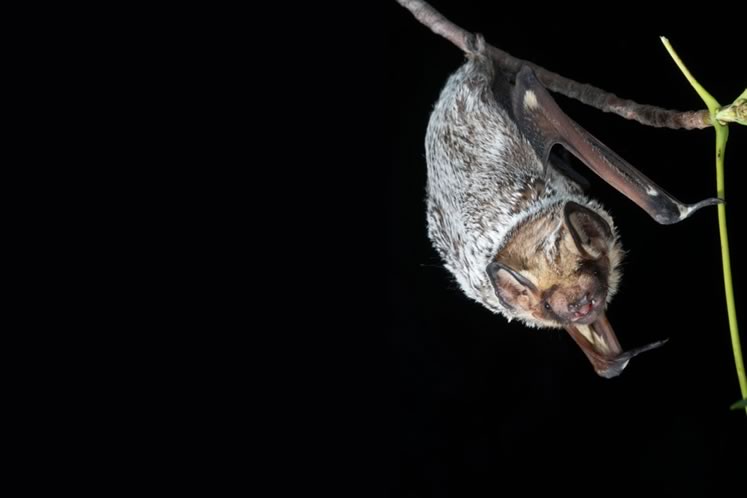
Hoary Bat. Photo by Brock Fenton.
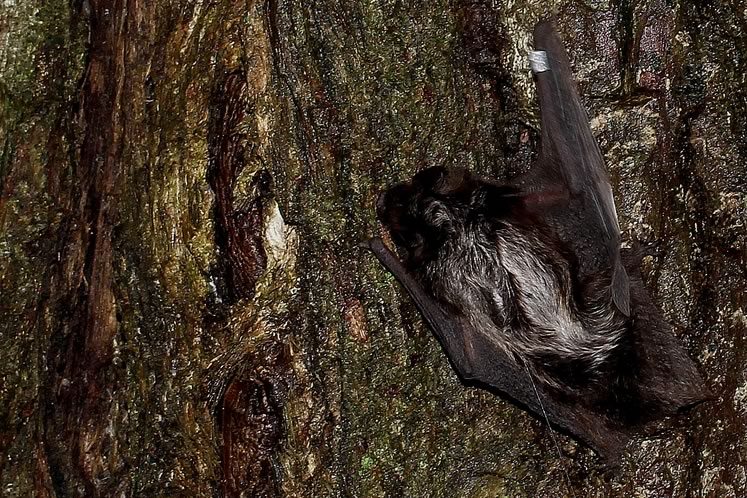
Silver-haired Bat climbing a tree. Photo by Melissa Donnelly, Toronto Zoo.
The conservation of these imperilled bats, and a desire to broaden our knowledge about Ontario’s eight bat species is the impetus behind a Community Science Program run by the Native Bat Conservation Program at the Toronto Zoo, supported by a grant from Ontario’s Species at Risk Stewardship Program and funding from Nuclear Waste Management Organization.
This zoo initiative uses bat detectors to determine the species flying in urban and rural habitats throughout Ontario. Each species of bat echolocates at a distinct frequency, allowing identification with a good degree of accuracy.
The project depends on citizen scientists to set up the detectors and leave them outside for four nights. Lorysa Cornish of Orangeville and Rob Best of rural Mono are two Headwaters residents who have participated.
Big-brown bat, a species that often moves into our soffits and attics in the summer, was recorded most frequently in both places.
But Lorysa’s bat detector struck gold with recordings suggesting the presence of small-footed myotis, considered Canada’s rarest bat. Additionally, Lorysa’s detector registered one possible vocalization of a little brown myotis. Further research will be required to confirm these two endangered species.
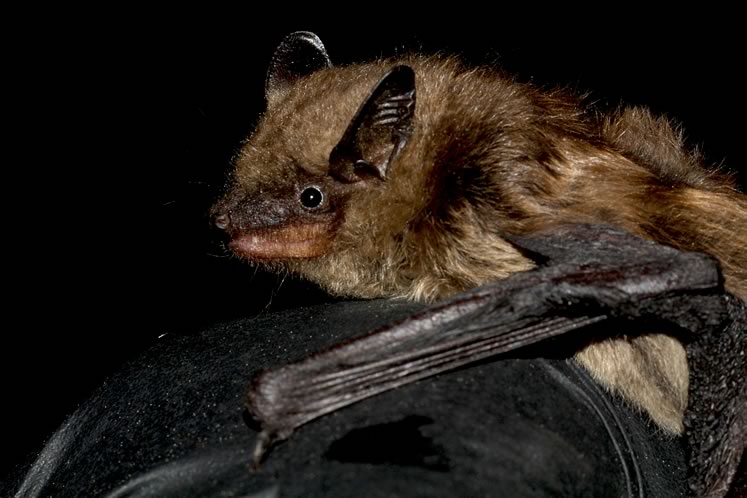
Big Brown Bat being held for banding. Photo by Melissa Donnelly, Toronto Zoo.
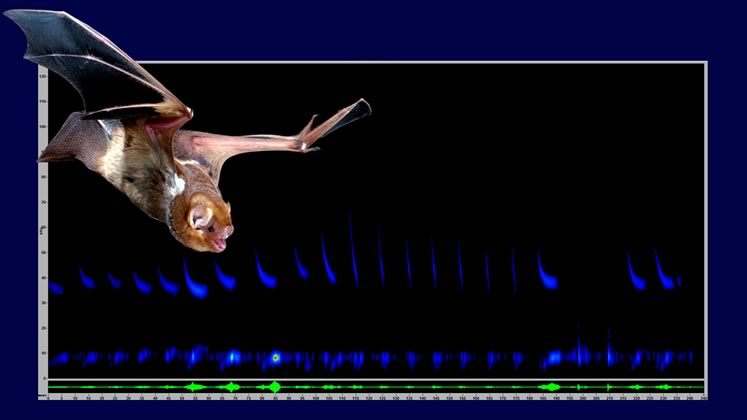
Eastern Red Bat Echolocation. Photo by Brock Fenton.
Also flying over both Lorysa’s Orangeville yard and Rob Best’s Mono property were silver-haired bat and the impressive hoary bat, Ontario’s largest species. And in Mono, Rob Best’s detector also registered the vocalizations of red bat, a gorgeous woodland species.
I seldom see bats flying at dusk as I once did. But this Toronto Zoo study is revealing that even some of the rarer species still broadcast their ultrasonic pulses through Headwaters skies.
More Info
For more information on the Toronto Zoo’s Native Bat Conservation Program please visit torontozoo.com/bats
Related Stories
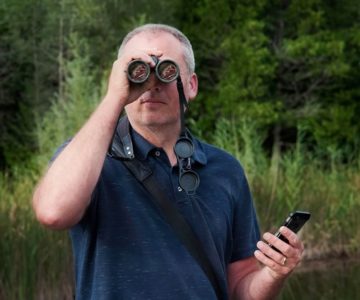
Calling All Citizen Scientists!
Sep 24, 2021 | | EnvironmentAll you need is a smartphone and a love of nature to make valuable contributions to conservation science.
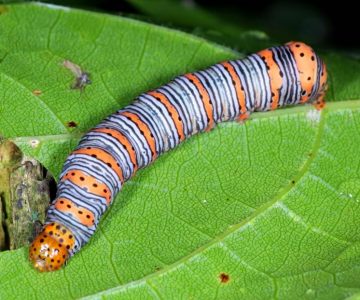
Night Hikes
Oct 17, 2017 | | Notes from the WildNight Hikes – A purposeful walk along a path, playing a flashlight over leaves, branches and trunks will reveal wonders.
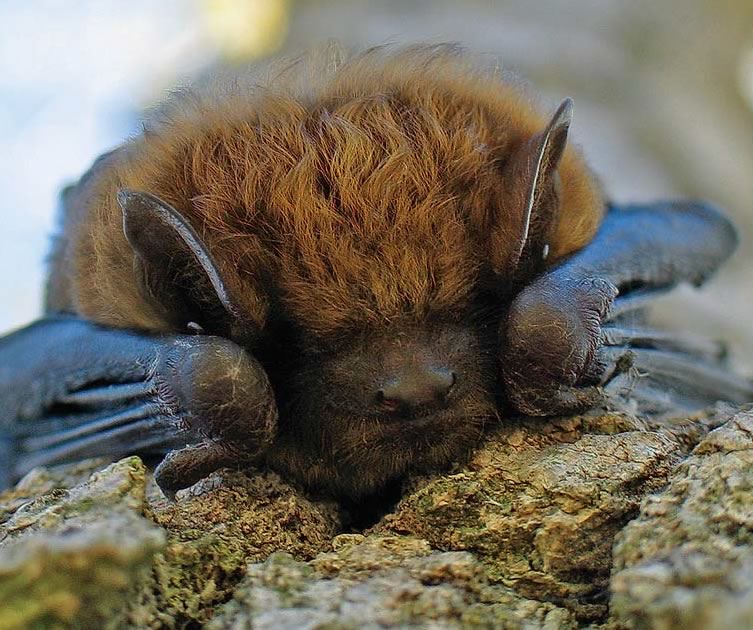
Dancing in the Dark
Jun 20, 2008 | | EnvironmentFrom dusk until dawn, our local bats perform an aerial ballet, devouring millions of flying insects.
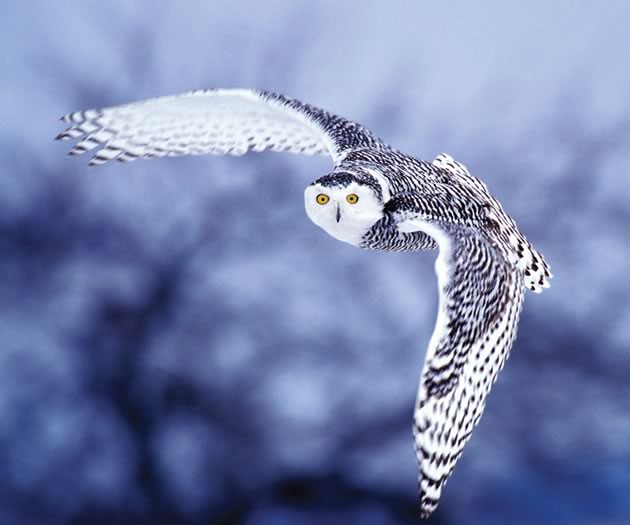
Owls
Nov 11, 2007 | | EnvironmentWith piercing eyes and haunting cry, so flies the lord of the midnight sky.







